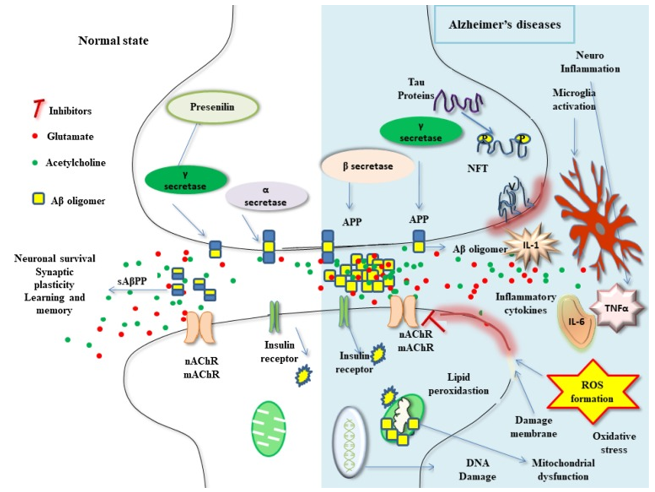- Home
-
Screening
- Ionic Screening Service
-
Ionic Screening Panel
- Ligand Gated Ion Channels
- Glycine Receptors
- 5-HT Receptors3
- Nicotinic Acetylcholine Receptors
- Ionotropic Glutamate-gated Receptors
- GABAa Receptors
- Cystic Fibrosis Transmembrane Conductance Regulators (CFTR)
- ATP gated P2X Channels
- Voltage-Gated Ion Channels
- Calcium Channels
- Chloride Channels
- Potassium Channels
- Sodium Channels
- ASICs
- TRP Channels
- Other Ion Channels
- Stable Cell Lines
- Cardiology
- Neurology
- Ophthalmology
-
Platform
-
Experiment Systems
- Xenopus Oocyte Screening Model
- Acute Isolated Cardiomyocytes
- Acute Dissociated Neurons
- Primary Cultured Neurons
- Cultured Neuronal Cell Lines
- iPSC-derived Cardiomyocytes/Neurons
- Acute/Cultured Organotypic Brain Slices
- Oxygen Glucose Deprivation Model
- 3D Cell Culture
- iPSC-derived Neurons
- Isolation and culture of neural stem/progenitor cells
- Animal Models
- Techinques
- Resource
- Equipment
-
Experiment Systems
- Order
- Careers
Neuroscience
Neuroscience is an important branch of biology research, concerned with the study of the structure and function of the nervous system. It encompasses multiple disciplines related to the nervous system, as well as computational, behavioural and cognitive neuroscience.
Creative Bioarray is your ideal and reliable innovation partner in research endeavors. We have a comprehensive cell bank with a variety of specialized and unique stable cell lines expression ion channels that can be applied to a variety of in vitro research and in vivo pharmacology study instantly.
Featured Content

Neuropharmacology
Neuropharmacology, the study of drug actions on the nervous system, comprises several areas of critical importance to science and medicine, involving many aspects of the nervous system from single neuron manipulation to entire areas of the brain...
Learn More
Neurophysiology
The field of neurophysiology provides insight into how the nervous system works and how its dysfunction can lead to disease. Physiology is the study of how organisms and their parts function. Neurophysiology can be defined as the study of the functioning of the nervous system...
Learn MoreNeurophysiology History
| Timeline | Events |
|---|---|
| 1600 BC | The Egyptians drafted the oldest surviving text mentioning the brain. |
| 1771 | Luigi Galvani demonstrated that an electrical shock could make a dead frog muscle twitch. He claimed this effect was due to “animal electricity.” |
| 1840s | Emil Du Bois-Reymond was able to prove that animal electricity was actually a nerve impulse or "action potential." |
| 1924 | Hans Berger recorded the electrical nature of global brain activity in humans by electroencephalography or EEG, a technique that is still widely used by today's neurophysiologists. |
| 1939 | Alan Hodgkin and Andrew Huxley determined that neuron cell membranes allowed charged particles to flow in and out in a predictable manner in the squid giant axon. |
| 1951 | Sir John Eccles figured out one critical way in which information is transmitted from one neuron to another. He described the chemical synapse where the electrical signal from one neuron is converted into a chemical signal that is received by a second neuron. |
| 1976 | Erwin Neher and Bert Sakmann developed the patch-clamp technique, which provided a way to study the membranes of excitable cells in exquisite detail. |
| 2005 | Karl Diesseroth, Ed Boyden, and Feng Zhang devised a revolutionary strategy called optogenetics to control the electrical properties of neurons by genetically engineering them to express light sensitive channels belonging to a family of proteins called “opsins.”. By activating these channels with targeted light, specific neurons can be excited or inhibited with a precision that was not previously possible, allowing for detailed manipulation of neuronal circuits. |
Related Section
Inquiry

